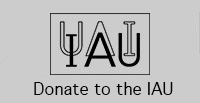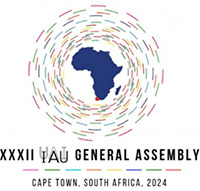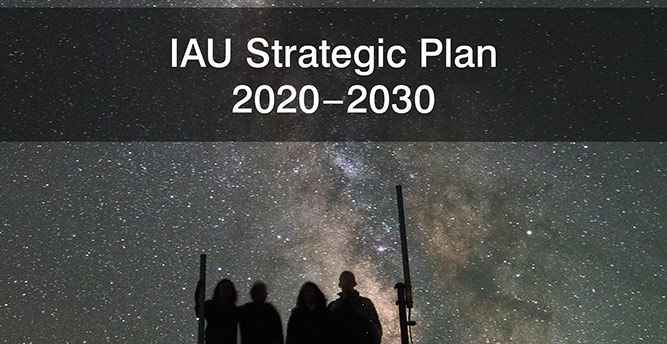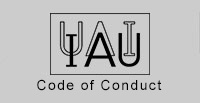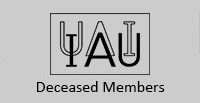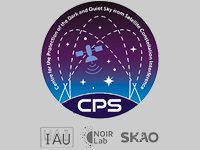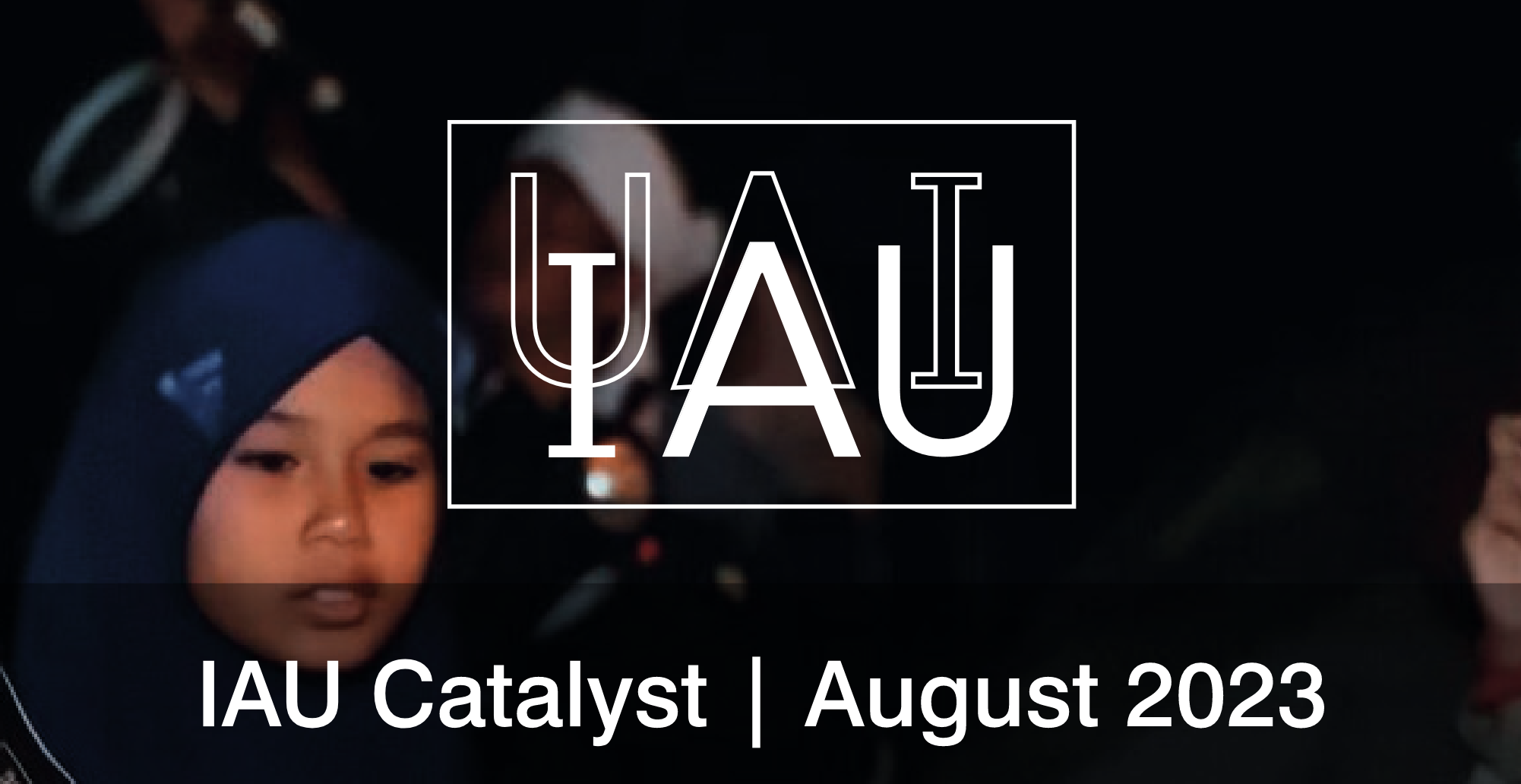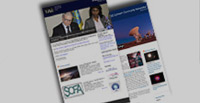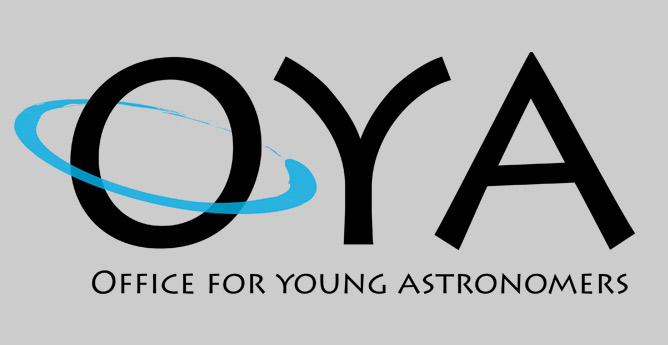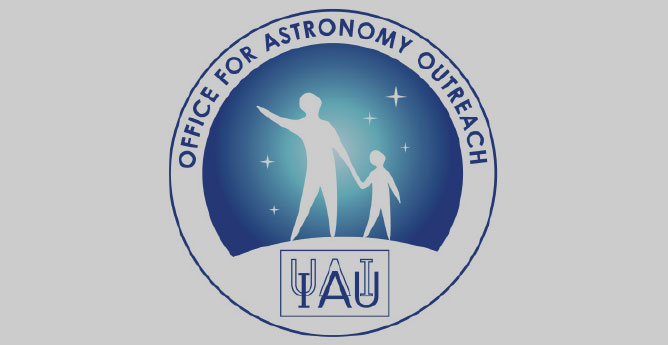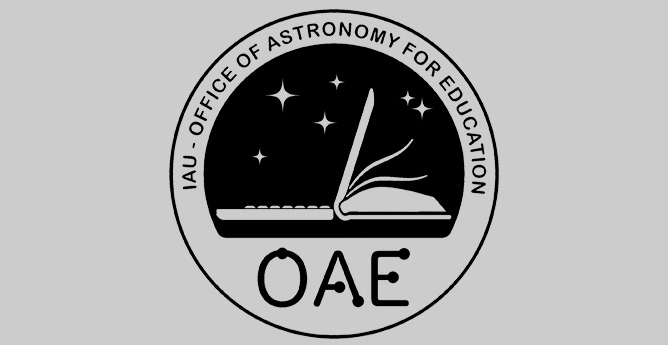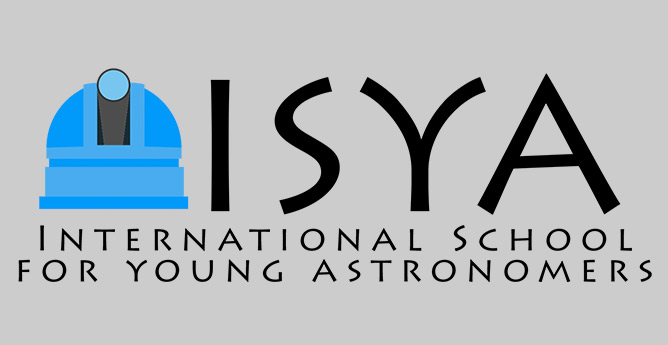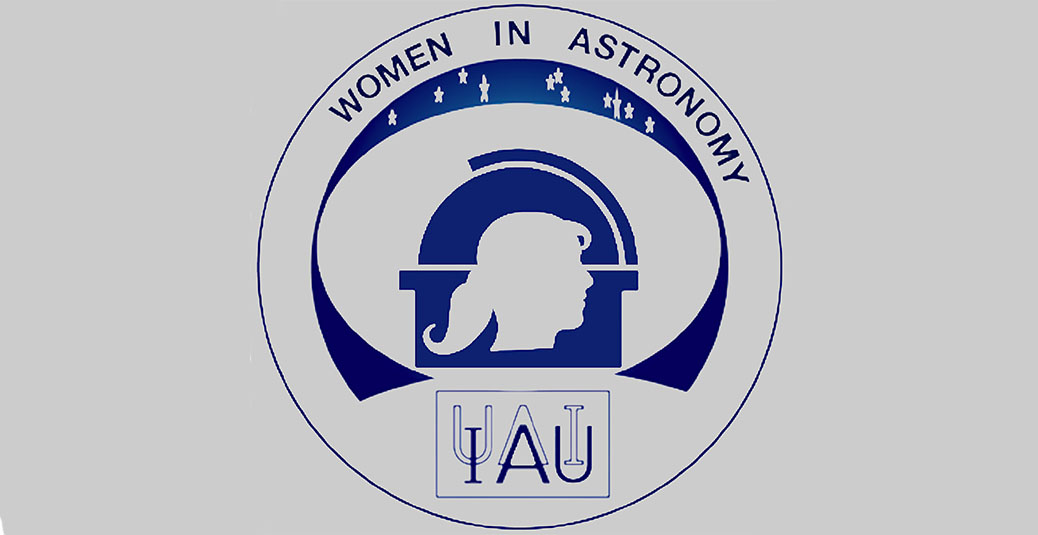- News
- Science
- Scientific Bodies
- Divisions
- Commissions
- Commission A1 Structure
- Commission A2 Structure
- Commission A3 Structure
- Commission A4 Structure
- Commission B1 Structure
- Commission B2 Structure
- Commission B3 Structure
- Commission B4 Structure
- Commission B5 Structure
- Commission B6 Structure
- Commission B7 Structure
- Commission C1 Structure
- Commission C2 Structure
- Commission C3 Structure
- Commission C4 Structure
- Commission C5 Structure
- Commission D1 Structure
- Commission E1 Structure
- Commission E2 Structure
- Commission E3 Structure
- Commission E4 Structure
- Commission F1 Structure
- Commission F2 Structure
- Commission F3 Structure
- Commission F4 Structure
- Commission G1 Structure
- Commission G2 Structure
- Commission G3 Structure
- Commission G4 Structure
- Commission G5 Structure
- Commission H1 Structure
- Commission H2 Structure
- Commission H3 Structure
- Commission H4 Structure
- Commission J1 Structure
- Commission J2 Structure
- Commission J3 Structure
- Commission X1 Structure
- Commission X2 Structure
- Past Commission Organising Committees
- Working Groups
- Centres
- Scientific Meetings
- Rules & Guidelines
- General Assemblies
- Meeting Proposals
- Future IAU Meetings
- General Assemblies
- EC Meetings
- Officers' Meetings
- Regional Meetings
- Symposia
- Focus Meetings
- Institutional Meetings
- IAU Offices Meetings
- IAU-Sponsored Meetings
- Letters of Intent submitted for 2024
- Letters of Intent submitted for 2023
- Letters of Intent submitted for 2022
- Letters of Intent submitted for 2021
- Letters of Intent submitted for 2020
- Past IAU Meetings
- Templates
- Other Meetings
- Grants & Prizes
- Scientific Bodies
- Publications
- IAU Publications
- IAU Strategic Plan
- Symposia
- WGSBN Bulletins
- Regional Meetings
- Information Bulletins/Catalyst
- E-Newsletters
- Focus Meetings
- Transactions A
- Transactions B
- Related Publications
- GA Newspapers
- CAPjournal
- IAU Books
- Brochures
- IAU Offices
- WG Reports
- Commission Reports
- Division Reports
- Past IAU Publications
- Rules, Guidelines and Instructions for Proceedings
- Publishers
- IAU Publications
- Administration
- About the IAU
- Statutes & Rules
- IAU Policies
- IAU Executive Bodies
- IAU Secretariat
- Resolutions
- Members Administration
- Administrative Dates & Deadlines
- International Organisations Relations
- Donate to the IAU
- Training in Astronomy
- Astronomy for Education
- Astronomy for Development
- Astronomy for the Public
- Office for Astronomy Outreach
- FAQ
- Themes
- Satellite Constellations
- Astronomy in Everyday Life
- How to Report a Discovery
- Careers in Astronomy
- Defining our Place in the Cosmos
- The Constellations
- Light Pollution
- Measuring the Universe
- Near Earth Objects
- How to Participate in Astronomy Research
- Naming of Astronomical Objects
- Naming of Exoplanets
- Buying Star Names
- Naming Stars
- Pluto and the Solar System
- IAU Member Statistics
- Our Moon: the Moon
- Meteors & Meteorites: The IAU Definitions of Meteor Terms
- UNESCO-IAU Portal to the Heritage of Astronomy
- Social Media
- Past Events
- Call for Online Resources
- Astronomy@Home Awards
- Contact

Tal E. Alexander
Israel
1963-2018
Obituary:
Tal Alexander was born in the town of Rehovot in central Israel in 1963, while his father, Gideon, worked there as a senior research scientist in the Weizmann Institute of Science. At the age of four, when his father became a professor of high-energy physics in Tel-Aviv University, the family moved to Tel-Aviv, where Tal grew up and met his future wife Nava Pinchuk. At the age of 18, Tal joined the IDF (Israel Defense Forces). He was selected to serve at one of the most classified and prestigious intelligence units in the IDF – the illustrious 8200.
After completing five years of military service in 8200, Tal left the army at the rank of a Captain, and started to study for a B.Sc. degree in Physics and Mathematics at the Hebrew University in Jerusalem. He received the degree in 1989 (Magna cum Laude), which prepared him to pursue research in Astrophysics. He started his research career by studying for a PhD degree in Tel Aviv University, under the supervision of Prof. Hagai Netzer. His PhD thesis focused on studying the role of stars in the broad line emission of active galactic nuclei (AGN). During his PhD research, Tal got involved in some AGN observational campaigns, which also led him to develop ZDCF – a method to measure time lags between sparse and unevenly sampled time series.
After obtaining his PhD degree in 1997, Tal continued to study the variability of AGNs and went on for a short post-doctoral stay at the Max-Planck Institute for Extraterrestrial Physics (MPIE), in Munich, Germany. There he established a long-lived and very fruitful collaboration with Prof. Reinhard Genzel.
His next two post-doctoral terms were both in the USA – at the Institute for Advanced Study in Princeton, NJ (1998-2000), and at the Space Telescope Science Institute (STScI) in Baltimore, MD, where he collaborated with Prof. Mario Livio (2000-2001). After those years which the family spent in Germany and the USA, he finally accepted a position at the Weizmann Institute of Science, in his birth town of Rehovot.
In 2002, already as a professor in the Weizmann Institute, he furthered his collaboration with Prof. Reinhard Genzel’s group, and took part in the revolutionary discovery of S2 – the first star shown to complete an orbit around Sgr A* - the supermassive black hole at the center of the Milky Way galaxy. This discovery fascinated Tal and sparked his enthusiasm around a new research focus – stellar processes taking place close to the Galactic Center. His studies predicted the observability of relativistic effects in the orbit of S2 near the pericenter. In 2007 he won the Wolf Foundation Krill Prize for Excellence in Scientific Research.
In late 2017, amid a brilliant scientific career, Tal Alexander was diagnosed with cancer. He passed away only a week before the pericenter passage of S2 in May 2018. The relativistic effects, mainly the gravitational redshift of S2, were observed exactly as Tal predicted, using the newly built instrument GRAVITY on the VLT Interferometer, thus providing yet another test of Einstein’s General Relativity.
Tal Alexander was a dedicated husband, father, son and brother. He was an extremely pleasant person, spreading a spirit of good will and passion for knowledge, and always practicing personal responsibility and common sense. He always exhibited a superb sense of humor and was very appreciated and beloved by the astrophysical community, both in Israel and abroad. His untimely death at the age of 54 sent shock waves among his colleagues all over the world. He will be forever missed.
Past affiliation(s) within the IAU
- Past Member of Division J Galaxies and Cosmology (until 2018)
- Past Member of Commission 28 Galaxies (until 2015)
- Past Member of Division VIII Galaxies & the Universe (until 2012)
Search individual members
